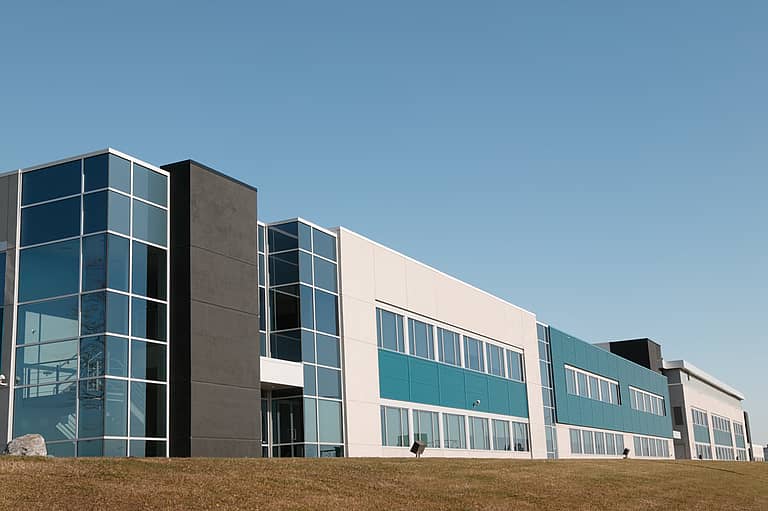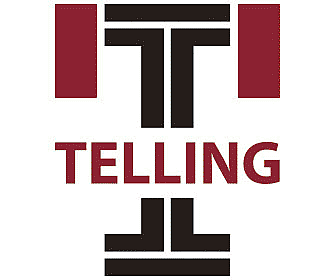As much as I hate to continue on a narrative of pessimism, some pretty authoritative voices are compelling me to do so. Consequently, I am going to predict a bumpy road ahead for commercial construction in general, which will, of course, impact many commercial drywall contractors and their stable of estimators, in turn. And I’m in pretty good company on this.
According to a recent forecast by the American Institute of Architects, a significant slowdown in activity is already in the wind. After a healthy surge of commercial, AIA is predicting a weak year in 2024 (4%) and an even punier 2025 (1%).
This rather bleak prognostication can be attributed to a trio of factors that are presently beginning to emerge: tightening credit, declining value of commercial property and higher costs. At a glance, one can tell that these causes are interrelated and tend to sustain each other.
Tightening credit. In its ongoing effort to rein in runaway inflation, the Federal Reserve Board has implemented a series of gradual interest hikes for lending rates. You’ve been living under a rock if you don’t already know this. And while this action has apparently been effective for its purpose, it has incidentally given rise to certain deleterious side effects. Banks have significantly constricted their lending standards, which has had a critical impact on new project starts. Predictably, ConstructConnect currently reports that the number of stalled or abandoned commercial projects has sharply increased in recent months.
Declining value of commercial property. A significant downward trend in the valuation of commercial properties has reared its ugly head in recent months, chiefly owing to weakening demand. One prime example of this decline in demand resides with the alarming increase in office vacancies, which has depressed light commercial construction over the past year, giving rise to the above-mentioned tightened lending standards for both new loans and extensions of existing ones. In fact, a recent Wall Street Journal article predicts an unprecedented surge in commercial loan defaults over the next year.
Increased cost of commercial construction. While roaring inflation rates have leveled off somewhat in recent months, those “stabilized” rates for construction stubbornly hover at 35%+ over pre-pandemic levels. These exorbitant increases are exacerbated by mounting supply chain issues and volatile global markets. And the overall rise in material cost isn’t the only culprit these days. Insurance premiums are spiking, and labor deficiencies are expected to increase cost at the current annual rate of 4%. This general hike in the expense of building can only contribute to the hesitancy of investors and lenders alike.
Of course, these trends affect upcoming commercial construction generally, while certain sectors reflect some immunity to the impending lag. Institutional building is the standout sector among those weathering best. Armed with government assistance, education and health care subsets are expected to remain robust over the coming year. Obviously, subs who are already geared to propose and perform in these areas will be wise to focus their attention accordingly.
Otherwise, how does this rather gloomy forecast bode for most commercial drywall contractors, and more to the point, what kind of internal adjustments can they make to effectively cope with it? Obviously, the pie is about to shrink, but there are ways to stake one’s share—without resorting to such drastic austerity measures as downsizing.
Intuitively, savvy subs will recognize that these impending constrictions will call for more emphasis on procurement, and less on management. Consequently, project managers who can double as estimators will be called to the vanguard to launch a “shotgun” approach. As fewer projects come on line, drywall subs will be compelled to abandon prior selectivity, and opt for broader scopes. In other words, they will be bidding pretty much everything that comes down the pike, which will require more minds at the front lines of procurement (read: estimating).
In addition to accentuating procurement, commercial drywall subs will need to be as competitive as possible. GCs will put more emphasis on low bids as projects become scarce. Subs will have to come up with some creative ways to reduce the bottom line in order to sustain sales. Costs are more or less intractable, which leaves markup as the logical candidate for cuts. Reducing markup on inflated material prices and revisiting overhead rates have facilitated lower pricing in past downturns. But perhaps the most effective method of demonstrating competitive ingenuity resides with offering value engineering. Proposing ceiling-height partitions where indicated full-height walls are unnecessary, or suggesting G60 coating on metal framing where G90 is specified are two tried-and-true examples of this tactic.
Clearly, there is a substantial bump in the road ahead for commercial construction. But astute drywall subs can employ savvy measures to endure the imminent slowdown.









